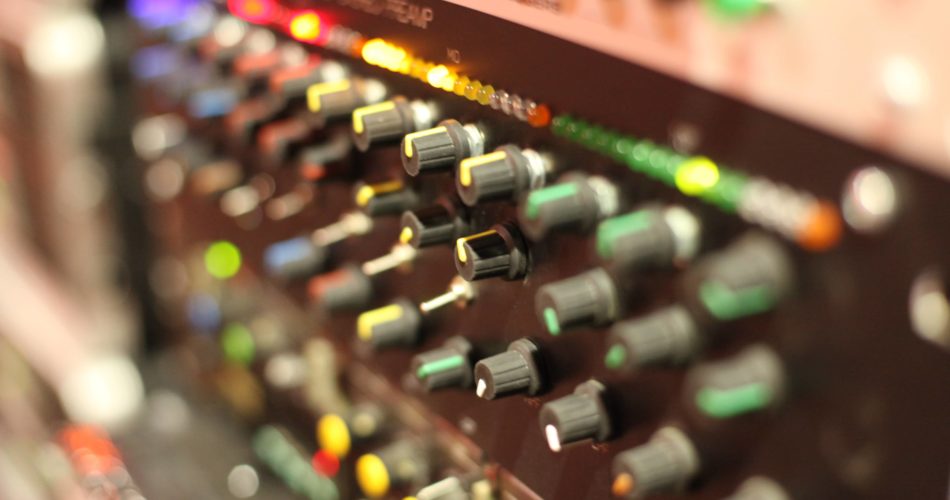& other good things to know about “preamps” !
Preamps, Preamplifiers, Dub Preamp, Reggae Preamp, or Sound-System preamps, no matter how you call them, they used to be, and are still most of the times, the “heart” of reggae sound-systems and dub sound-systems. I will try to explain how and why …
How does it look like ?
It does not look like what is called a preamp in the “rest of the audio world”, wich are mainly used with instruments, microphones or turntables, and may looks like this :
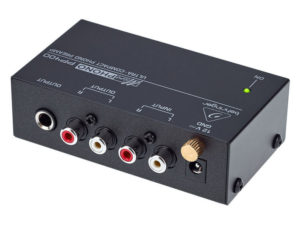
Preamps are used to amplify the signal because signals that comes from guitar pickups, microphones or Turntable pickups, are so low that you can’t feed them straight into a standard amplifier. They have to be pre-amplified by a preamp prior the power amplifier can do his job properly !
Instead, what we call “preamp” in the reggae/dub sound-system world look more like this :
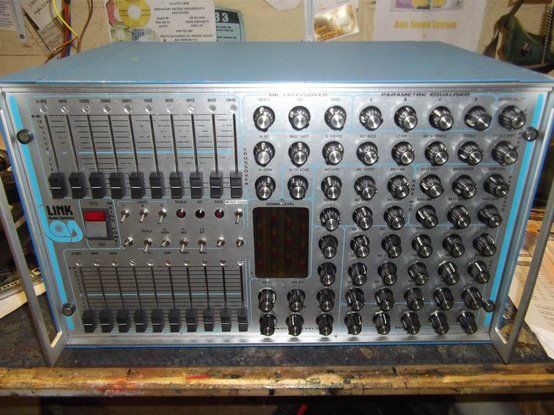
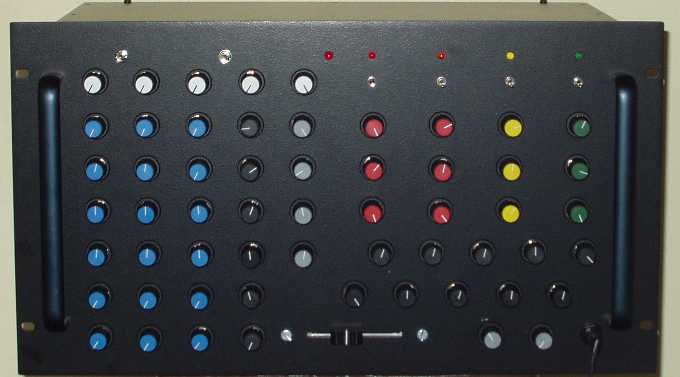
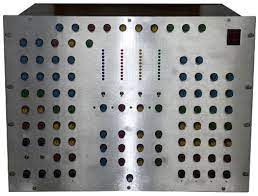
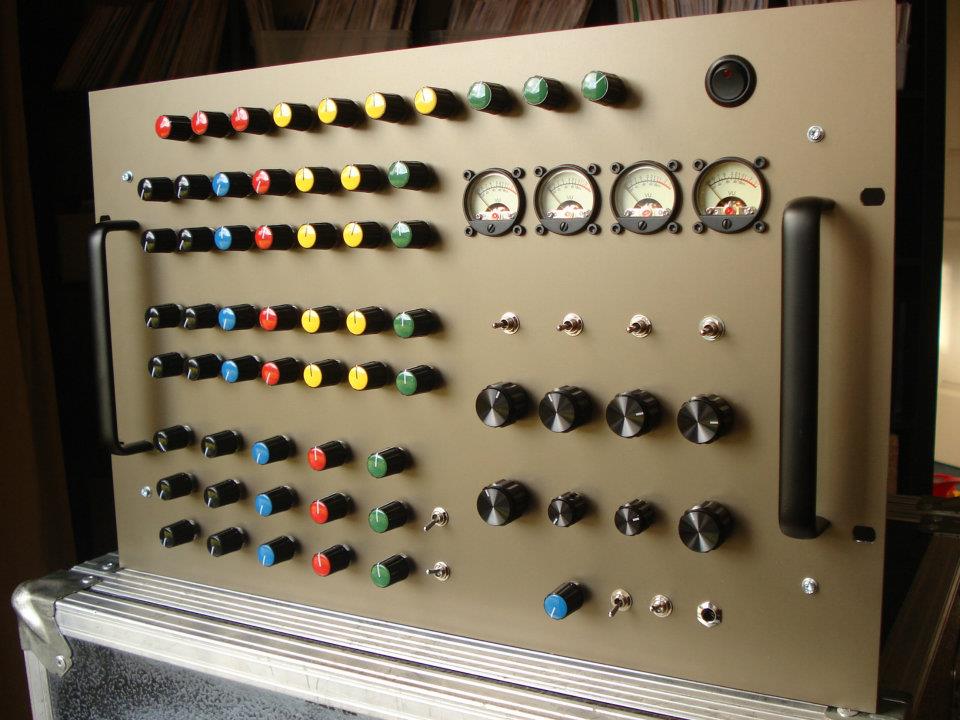
These big metal machines are what we call a “preamp” in the reggae/dub sound-system world. They are often bespoke units made on-demand to the specifications of the sound-system owner(s).
How is it used ?
Preamps are mainly used as the all-in-one tool that the sound-system operator always has at his fingertips. It can be used as a mixing unit where you can sum all your sound sources. It can also be used as a colouring / processing unit with all filters and sound shapers it has (some preamp have more than others).

How does it work ?
The dub preamps are, in general, composed of several parts :
- The inputs (with preamps for microphones and turntable input)
- A Mixing part (To mix all the sources,the effect sends, …)
- A Main filter (that “splits” the sound into 3,4 or 5 frequency bands)
- Un équaliseur graphique
- Optionnal and additionnal filters and Equalizers
The circuit diagram exposed on the top of Klementz Nanopreamp is quite a good summary of how is made the inside of a classical analog preamp. For sure it can have variations and duplication of some blocs if the preamp has multiple inputs, etc…
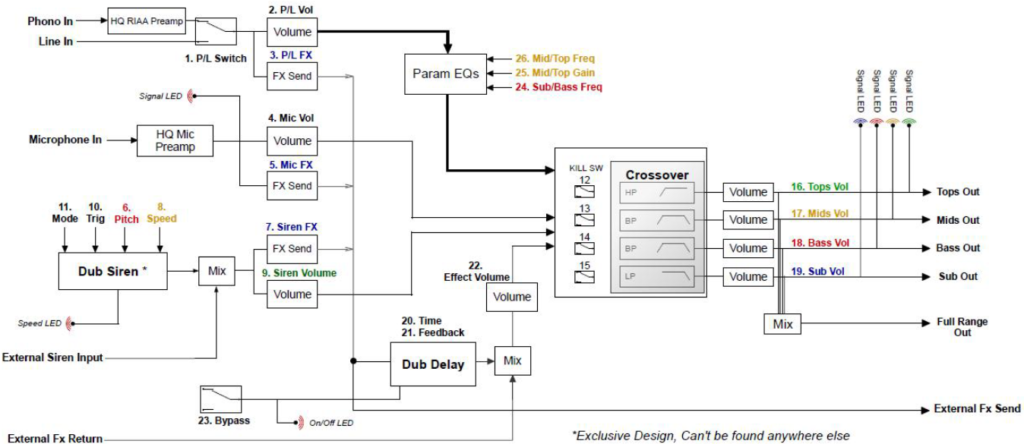
In general it has an internal crossover that “splits” the sound spectrum in a few frequency bands, each frequency band has a dedicated output that you can plug directly in the dedicated amplifier (see the schematic of a sound-system).
Each frenquency band also has its own volume control and mute switch, that allows the operator to remove some parts of the music (remove the bass for example) or adjust the levels of the frenquecy bands, in live.
Now you know a bit more how reggae preamps works, let’s talk about the pro & cons !
Why you should use one !
Haha because everyones uses one !!! What a question !!!! Well that could be an answer but I don’t like these kind of answers… So here are some arguments in favor of the preamps:
1. It is cost effective 💰
You don’t have to buy all the equipment needed to reproduce all the functions of the preamp. Consider the two following options :
- Buy a preamp.
- Buy all the equipments that you need to have the same functions as a preamp.
Now compare the two prices. At the time where electronic equipment where not so much accessible and more expensive than now, I imagine that option 1 was cheaper. – Today, I’m not sure if this price argument is still true… electronic equipments are incredibly cheap so you may be able to find (maybe on second hand market) a cheaper way to get the same functions by going to option 2 (that’s what I did at the beginning when I could not afford buying a preamp) -.
2. It saves some space and cables 🔌
Because it contains multiple equipments in one, it is for sure smaller than all the separate equipments needed to make the same functions. You still find some small equipment and fit them together in a very small space but they’re likely to have very tiny and very proach buttons, so not very comfortable to use.
In addition to that, you should not forget all the external wires : By using an all-in-one unit, you save all the space used for all the external wires that are now hidden inside a standalone unit !
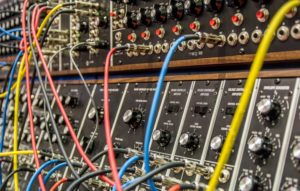
3. It helps the local handcraft market 🤝
I am not sure that I have already heard this argument, but I thought about it while writting this article. Let’s take, for example, a big company that manufactures audio equipment, in very large quantities. It is most likely that this equipment is made in a third-wirld country.
This is how international capitalist companies usually works. The commercial companies manufactures the product where the labour price is cheap, and sell it where the labour price is higher, where people have more purchasing power, to maximise the profits.
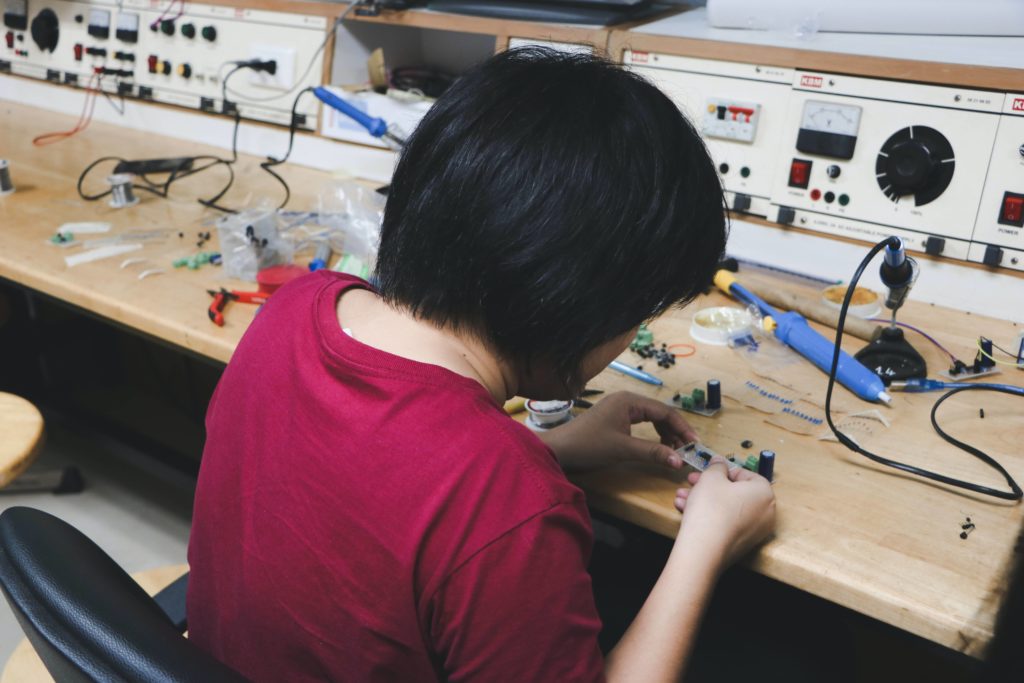
So now takes, for example, an equipment that has been made by a sole trader or a very small company in your country or in a nearby country, wich is likely to be the kind of company that a preamp is produced by. If you buy from him, you will help somebody, that is likely to be passionnate about his job, to live out of his passion.
One can argue that the big company also employs many people and give them a salary in addition of making more affordable products (because they have cheap labour). That may be true, but I personally think that very large companies are more likely to look only for profit and to have less passion and love in the work it is producing…. That’s why I prefer encouraging smaller companies when it’s possible.
Not agree ? Tell me what you think in the comments 🙂
4. It is more convenient 👍
Because it is specially designed for sound-system operators, it is sure that a dub preamp is more convenient and has many features that are pleasant to have at your fingertips(parametric EQs 💜) ! Features that we don’t use in reggae sound-system are removed to keep only the most usefull controls.
I personally love having all the EQs, Crossover Volume and Mute switches, by hand.
What about you ?
5. This is history !
Some of the equipments were built in the very early years of the reggae soundy-system scene, many units were custom built and there are only one piece in the world. These vintage electronic equipments are part of the history of the reggae and sound-system scene and I think it’s good to keep it alive.
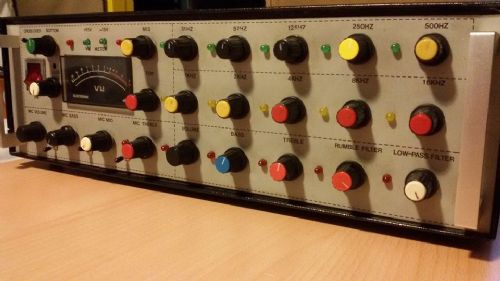
Now that I’ve explained why I think it is usefull to have use a preamp in your setup, let’s talk about some reasons that may balance the previous point of view.
Why you should not use one !
Despite all the respect I have for sound-system equipment builders (they know). I think it is still interesting to discuss about the reasons for which it may not a good idea to use a preamp. Here are some I thought about.
Let’s take again our two setups :
- A reggae preamp.
- A Mixer + A 4-way filter (crossover) + Some EQs and other filters
1. It is not very versatile
If you compare the two options, in terms of versatility and possible usages, I think option 2 is winning. For example you can have a mixer with a lot of inputs, wich is very usefull if you need to use several microphones to host instruments players for a session !.
A mixer also has, in general, more “Aux Sends” or ” Effects sends” compared to what a classical preamp has (2 in general). If you want to use several effects units, this can be a limitation.
However, this may not be true for some manufacturers.
2. Fixed cutoff frequencies
Most of the dub preamps have fixed crossover points. It means that the internal active filter will separate the sound in 3, 4 or 5 frequency bands, but these bands are pre-defined into the unit and you cannot change it afterwards..
However, this is not true for Sage Preamps, wich are digital and uses DSP. Thus it is possible to program the cutoff frequencies directly from an LCD screen.
Other analog preamp manufacturers like Klementz or Mostec, usually uses some Frequency Boards that can be physicaly changed to vary the crossover frequencies of the internal filter, it requires a bit more skills to achieve but is entirely possible..
3. There is no stereo 🤷
I know it is not a crucial point as many reggae sound-systems runs in Mono. However, if you are using your preamp at home, have a professionnal stereo sound-system, want to use your preamp in mixes or for any other usage where stereo is usefull, then I beleive it’s a missing feature.
However, some preamp manufacturers now offers stereo equipment. Klementz has a range of stereo units, I know Paul Axis From Valve-A-Tron also makes stereo 2-way preamps..
If you know other builders that makes stereo equipment, tell me in the comments !
4. The sound is always “colored”
Despite this may not be true with some units, many of the widely-used sound-system preamps have sound shapers that cannot be disabled. This means that it will colour and shape the music everytime, in other words, it is very hard to set it to be “neutral”.
As a friend told me, “it is harder to set a preamp to be neutral than to set a mixing desk to be sounding like a preamp”. I think the aim of a preamp is also to give instantly this coulour to the sound, by boosting certain frequencies, so why do you want it to be “neutral” ?
Well, one could argue that you if you want to play other kinds of music, on wich the “transformation” and “color” that the reggae preamplifier is not wanted, you can be embarassed…
Also, the controls of some preamps are very sensitive. On some units, if you turn one control a little bit, it can have a huuughe effect on the sound…
This can be very dangerous when you invite people to play on your sound-system for example…. And that you don’t have any protections…
5. It mostly has Jacks inputs and outputs
Preamps does not feature a lot of inputs and outputs, but we’ve already talked about this in the first part (1. It is not very versatile). Another thing is that the most widely-used preamps have mainly JACKs inputs and outputs, while many of the other audio equipment has XLR connectors or Cinch (RCA) connectors. You can always find some converter plugs, special cables and adaptors, but it adds something to think about and a level of complexity.
A selection of preamp and builders
Here is a small selection of dub preamps, and reasons why I choosed them.
Let’s start with Mostec’s. As far as I know, Mark is the first builder who has integrated in his standard preamps one semi-parametric EQ per way. So, if you have a 4way preamp, you’ll have 4 parametric EQs.
Nowadays it is more common, but it was unique at that time and I found that design so usefull ! The second reasons why I choose Mostec’s that it has “Isolator” Equalizers on most of the inputs. It means that if you have the bass knob at the minimum position, you will have no bass at all. This is not the case with classic EQs (they attenuates in general like -15dB).
Third reason, is that I know Mark personally. I learned a lot from him, he is kind of my “mentor”. In addition he’s really a nice guy 😄
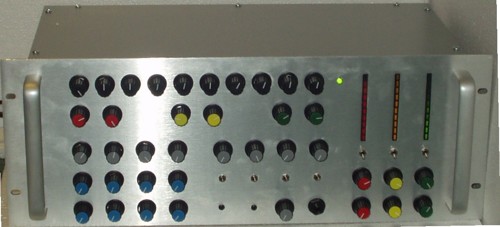
Sage Sound is a manufacturer of preamp that came on the front of the scene a few years ago, when Mark Iration used a preamp from him. He introduced very innovative functions!
I like innovation and people that create new things ! Alex was the first to introduce a DSP inside his standard preamps. It allows you (among other things) to change the cutoff frequencies of the internal filter.
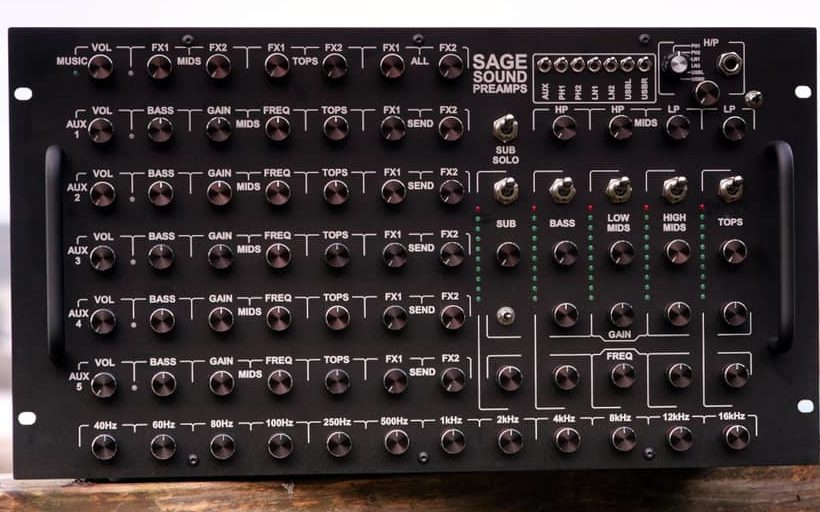
Klementz manufacturtes audio equipment : many kind of standard & custom equipments for music lovers, dub producers, DJs and sound-systems.
They propose a range of Dub Sirens, Preamps, Effects, MIDI Controllers and Stereo machines, especially a very versatile Stereo Modular Preamp.
Last but not least, it’s Made in France !
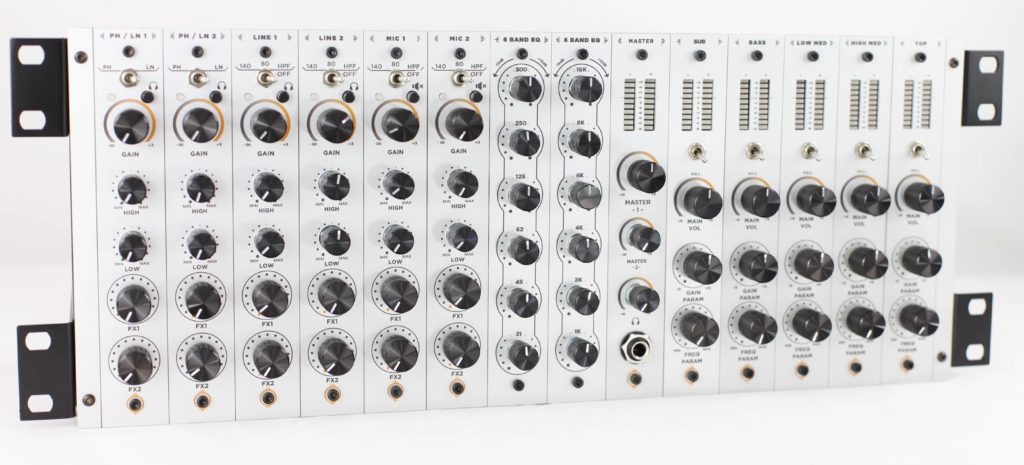
JB iaudio units also manufactures preamps and other equipments here in France.
It’s quality work ! You can check his website here : www.jbaudiounits.com
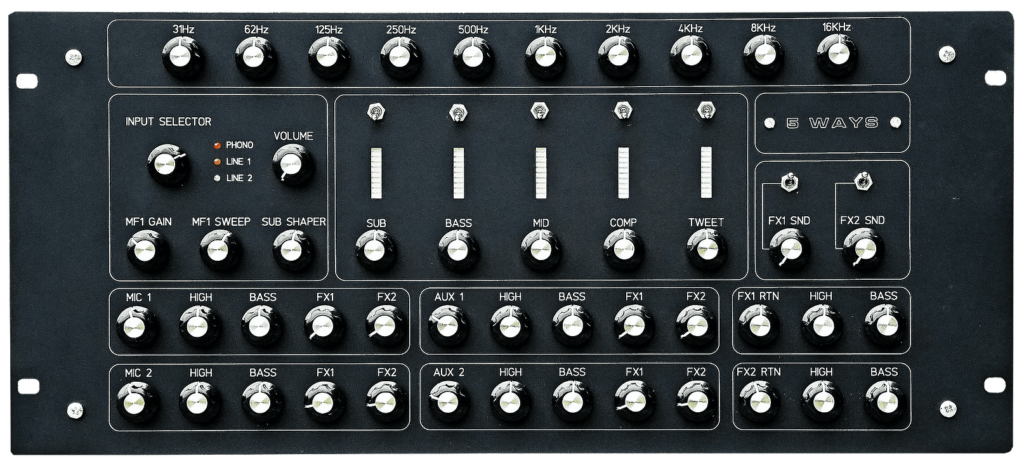
Another French builder who is in the preamps “game” since a long time, Jean from Dub sonic. He manufactures sound effects as well as preamps since many years.
I have tested a few times his equipment, It’s high-quality but I personally don’t like the earlier versions from his preamps (especially the parametric EQS, but it’s a matter of taste).
I did not tested yet the last versions (shown below) but I’ve heard several people that are satisfied and happy with it.
You can check his work on his website : www.dub-sonic.com
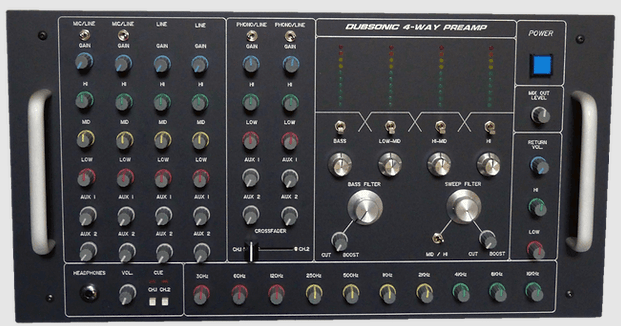
I am also obliged to speak about JTS (Jah Tubby’s). It is, I believe, one of the biggest historical preamps and sound effects manufacturer that still exists and continue the work.
They build a lot of reggae sound-system equipment, since 1971 ! I personnally not a big fan of firsts edition of these blue preamps but, again, it’s a matter of taste.. I never tried the last versions :”Enforcer”, or “Devastator” … I think it’s worth a try !
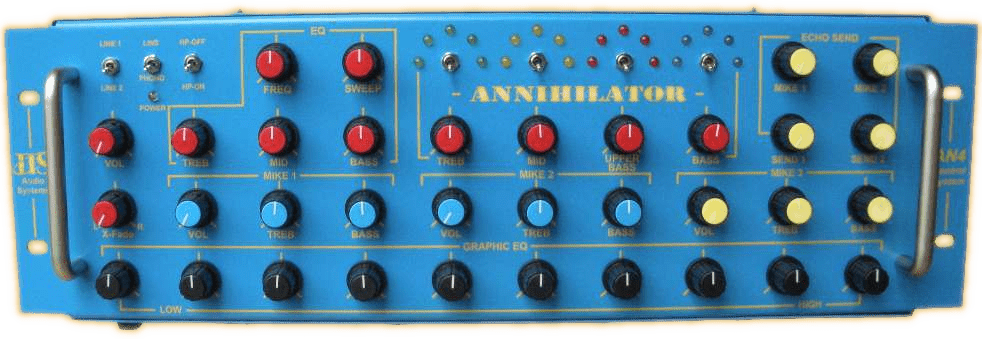
Finally, one of the most original preamps (and light effects) builders to me is Links.
Unfortunately he is not in our world anymore, but he used to manufacture very innovative sound-system equipments like sound-effects, lights-effects, preamps, etc. Here is one picture below of some preamp he did, full of LED lights.
Some are blinking with the sound and others independantly… I love it !
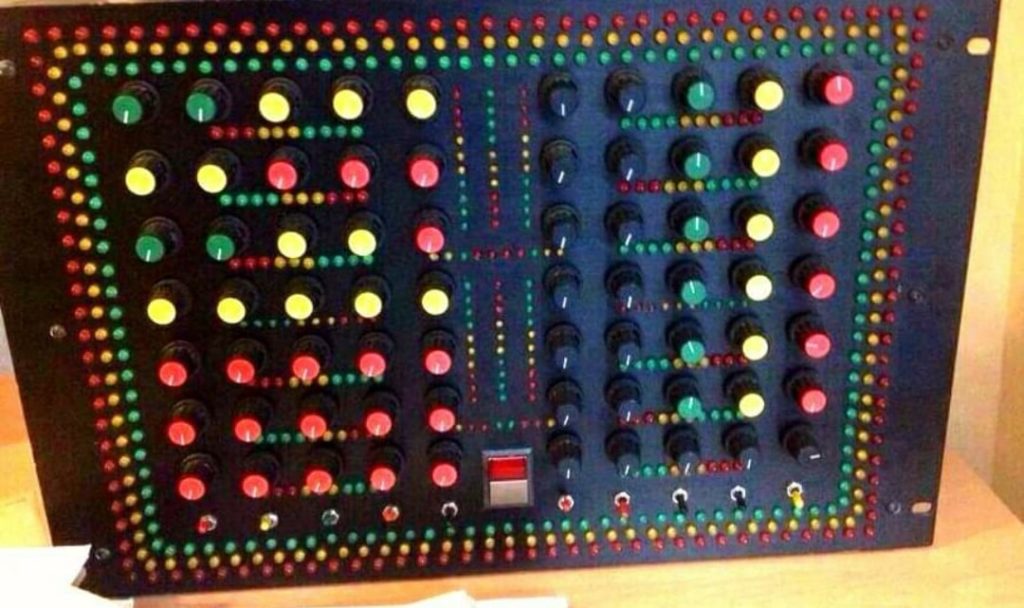
As time is passing, there are more and more preamp builders and the above list was not meant to be exhaustive, I just wanted to share my impression with you. Feel free to tell me more in the comments 🙂
In the end, I think the choice of using a preamp or not is up to personal choice… It really depends on your needs and what you want to achieve and how…
Personnaly, with RDH Hi-Fi, I use my own DSP based Stereo preamp, for all the reasons that we’ve mentionned before, I like having all the controls by my hand 🙂
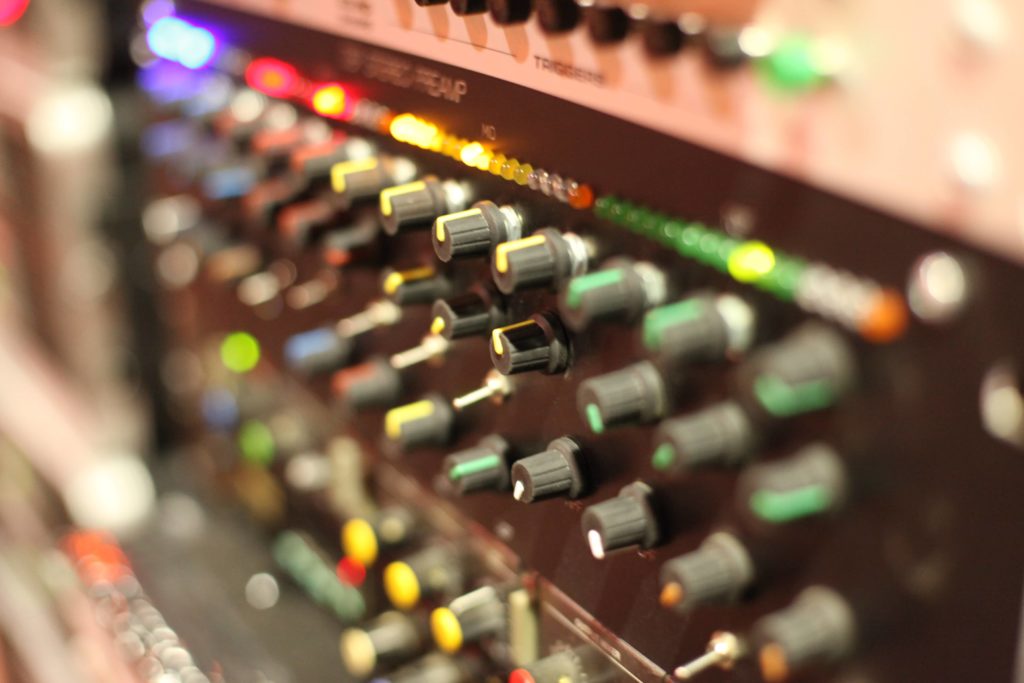
Thanks for reading, I hope this article was helpful !
🙏 If you enjoyed, please share on your social networks 🙏
And if you have any remarks, thoughts, experiences or argument to share :
Feel free to share in the comments below !

